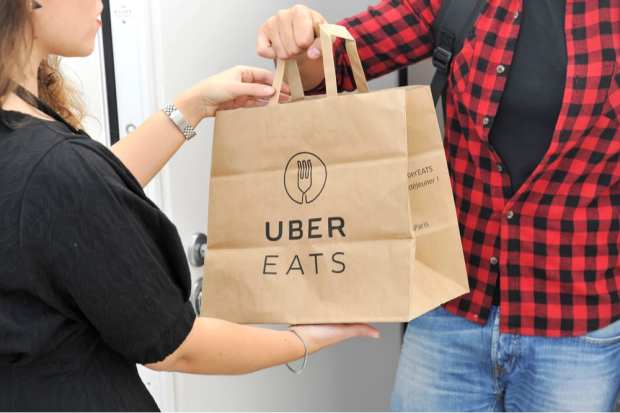Vouchers Gain Popularity as a Way for Companies to Show They Care

As companies navigate a world in which pandemic restrictions are being lifted, some are returning to in-person workplaces, while others are embracing hybrid or remote work models.
Businesses continue to use a mix of in-person, virtual and hybrid events, and many are enhancing the experience with vouchers and other benefits.
For example, Uber for Business reported that customers have been using its Vouchers program to incentivize and reward customers, guests and employees by paying for rides with Uber and food deliveries with Uber Eats.
“It’s the personal touch that scales,” the company wrote in a Monday (May 16) blog post. “Vouchers have been used as ways for customers to enhance event experiences, improve customer satisfaction and drive employee engagement.”
Making Event Experiences Thoughtful, Seamless
Since introducing the product in 2019, Uber for Business has seen customers employ it for a variety of use cases. In marketing and sales, vouchers are used in marketing promotions, to incentivize webinar attendance and to offer courtesy rides to VIP customers.
In human resources, they’re used to offer employees a monthly meal stipend, a commuting allowance or employee appreciation rewards. When recruiting, HR professionals use vouchers to offer prospective employees rides to and from an in-person interview or lunch delivery during a virtual interview.
“Vouchers incentivize event attendance and ensure their event experience is thoughtful and seamless,” Uber for Business wrote.
To help businesses deploy the vouchers, the company will be adding new features to the Vouchers dashboard in the coming weeks, including a simplified creation workflow, the ability to schedule send dates in advance, a code generator that makes it easier for recipients to redeem the vouchers in the app and controls that let the sender specify time windows and location restrictions for using vouchers.
Creating Substitutes for Watercooler Conversations
The need to reach out with tools like these to engage employees and customers who are working remotely is continuing to grow.
A PYMNTS survey found that 65% of employed consumers in the U.S. reported that they were working remotely at least some of the time in January, a percentage that was up from 63% in December. Of the January respondents, 51% were part of the hybrid workforce, working remotely some of the time and in person the rest, while another 14% were working remotely only.
Read more: The ConnectedEconomy™ Monthly Report
To help create substitutes for the sort of watercooler conversations that would happen in a traditional office, the engineering group at Entersekt has been having all-hands meetings, training sessions and open conversations with external coaches via Zoom and Teams.
They also ordered food so that it would arrive at everyone’s homes at the same time and had lunch together while videoconferencing.
“It seems like something really simple, but it’s such fun for everyone — it just breaks the tension,” Richard Bailey, executive vice president of engineering at Entersekt, told PYMNTS. “So, at a team level, we focused on that, and those were some of the things that we did to inspire people.”
See also: Responding to ‘Pandemic Fatigue,’ Companies Lead With Empathy
Embracing Remote Work
The remote work that started as a lockdown order has quickly become a lifestyle. Job van der Voort, CEO at Remote, told PYMNTS that all it takes is a few companies with vision to drop all on-site requirements. Should that happen, he sees an opening of the flood gates on a remote work trend that’s been years in the making.
“What we see is that employers that want the best talent have no choice but to embrace remote work [and] building more of a distributed workforce,” van der Voort said.
You may like: Remote Work Goes Mainstream as Platforms Enable Anywhere Hiring and HR Management
